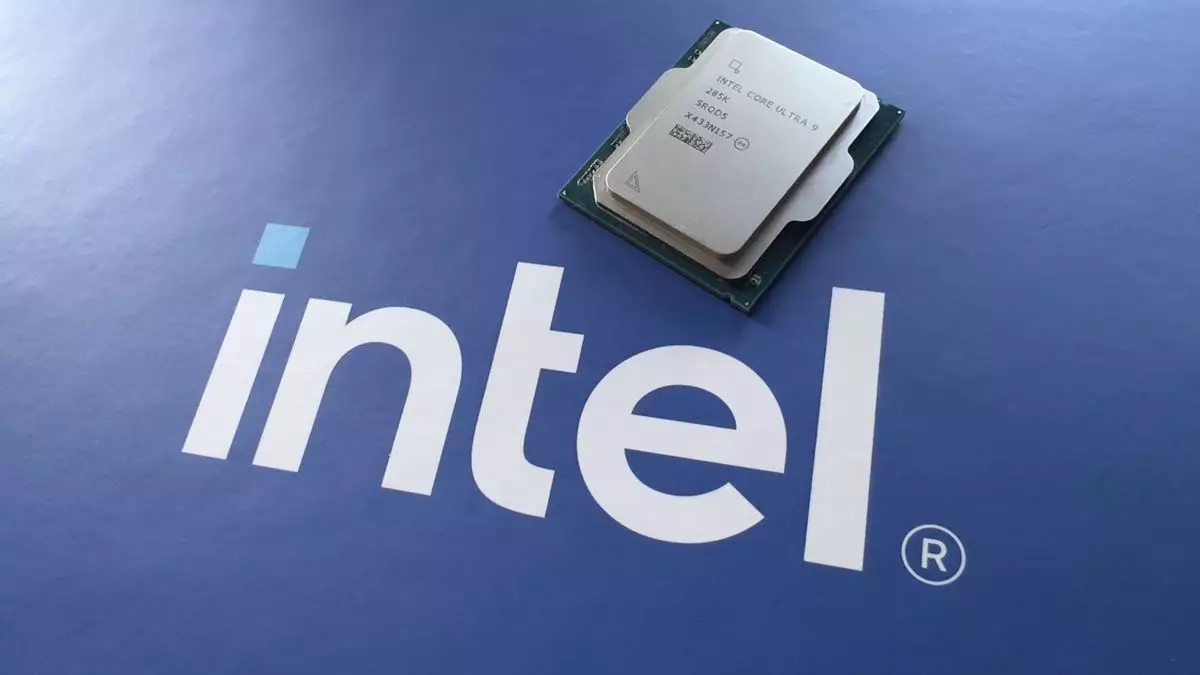Intel is no stranger to exploring innovative avenues in the realm of computing, and its latest venture, Intel Performance Optimization (IPO), is a bold stride toward refining CPU performance in a user-friendly manner. Unlike the traditional concept of an Initial Public Offering, IPO here symbolizes a fresh paradigm that aims to strike a fine balance between the raw power of manual overclocking and the stability that the average consumer requires. By introducing this warranty-backed tuning mechanism, Intel is stepping into a space that connects enthusiasts with mainstream users—a commendable effort in making enhanced performance accessible.
However, Intel’s IPO is currently limited to the Chinese market, raising questions about the broader impact of this initiative. The fact that their performance optimization tools are not yet available globally suggests a phased approach that could be strategic. This choice might be rooted in testing a new product where demand for upgraded performance is robust, or to gather initial user feedback. Nevertheless, the potential remains high for the IPO to redefine overclocking as we know it, granting consumers a smarter, safer route to boosting their CPU capabilities.
Decoding the Technical Marvels
At the heart of IPO’s promise lies the ability to enhance various components of a CPU without the risks commonly associated with manual overclocking. Through the implementation of pre-designed profiles, users can now enjoy optimized frequencies and power limits with guarantees of stability. Reports indicate that the Intel Core Ultra 7 265K can reach impressive clock speeds of 5.4 GHz, enhancing performance without exposing consumers to the dangers of thermal throttling or hardware damage—concerns that have plagued many a dedicated PC builder.
This technological leap extends beyond merely upping clock speeds; IPO promises a holistic uplift across several system components. With DDR5 memory speeds increasing from 8,000 MT/s to 8,400 MT/s, alongside the improvement of the ring bus and die-to-die interconnect speeds, the technical fabric of Intel’s offerings appears well-woven for greater synergy. Performance boosts of around 10% in gaming frame rates indicate a potential ripple effect, providing gamers and content creators alike with enhanced capability.
While the increases may seem incremental at first glance, they hold significant value in a competitive industry where every frame, every millisecond, counts. In the face of changing gaming landscapes and ever-demanding applications, these enhancements grant Intel’s chips a newfound relevance against competitors, especially as various users continue to expect more from their hardware.
The Market Implications and Future Prospects
One cannot discuss the ramifications of IPO without addressing Intel’s ongoing struggle to resonate within a competitive market dominantly shared with AMD. Despite the promising advancements from the latest lineups, the specter of previous underperforming generations looms large, often making it difficult for consumers to fully embrace new Intel offerings. While a 10% boost might not radically alter the competitive landscape, it does serve as a strong selling point in targeted marketing strategies aimed at recapturing consumer trust.
Furthermore, the success of IPO in China could act as a litmus test for a possible worldwide rollout. Should the initial iterations thrive, we could expect expansion into global markets, thus reanimating interest and bolstering sales amidst constantly shifting consumer preferences. Cases where five to ten percent performance improvements become the norm might just be the leverage Intel needs to reclaim its standing—especially if competitors like AMD stumble.
Intel’s foray into Performance Optimization encapsulates a journey of evolution rather than revolution. The introduction of this system points to a deeper understanding of consumer needs, attempting to ease the overclocking process while promising enhancements. In swiftly adapting to tech trends and consumer behavior, Intel may yet usher in a renaissance of its own in the highly competitive CPU space.

